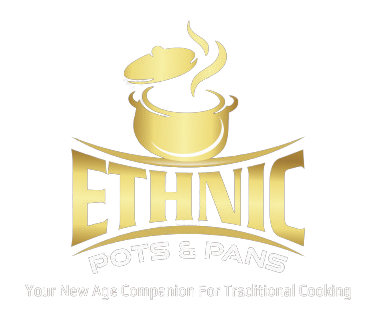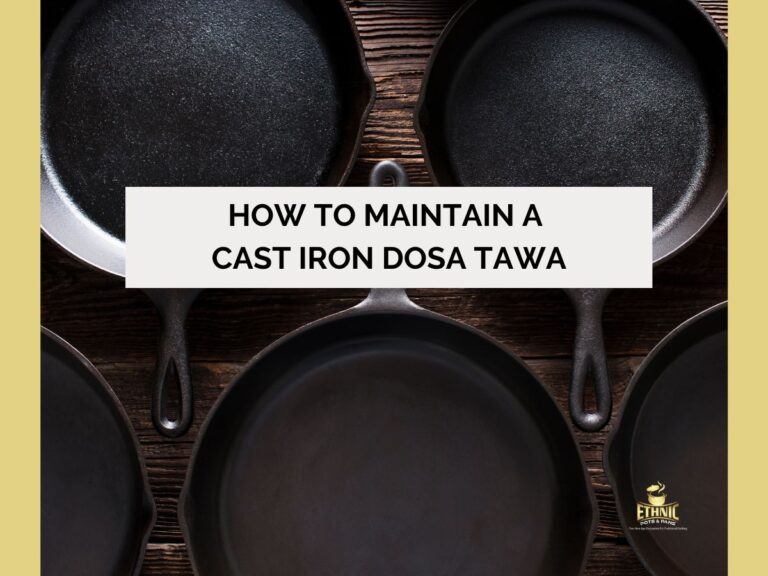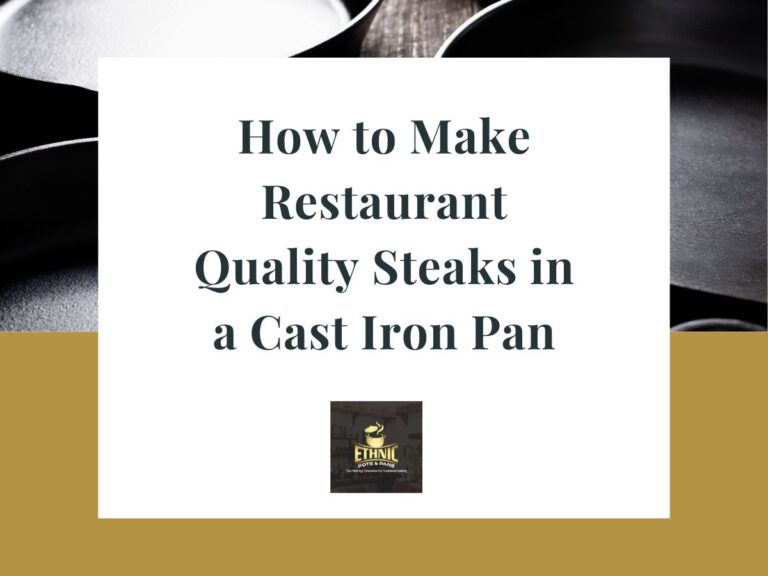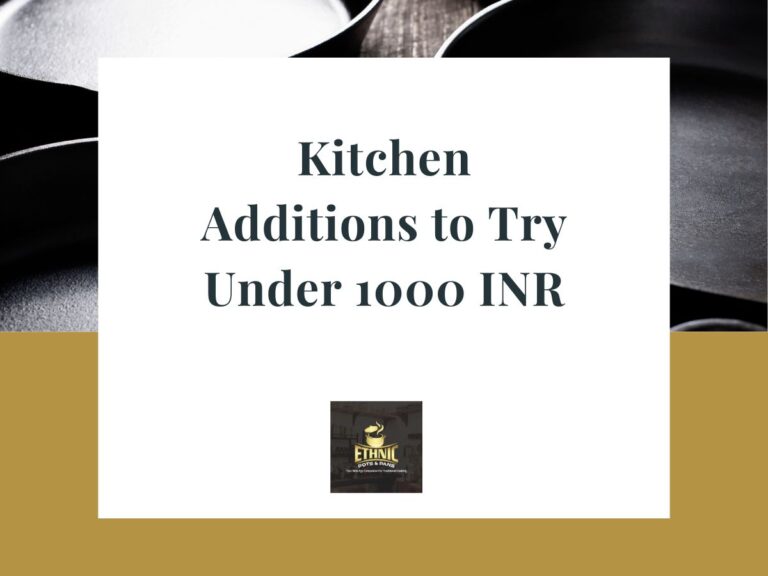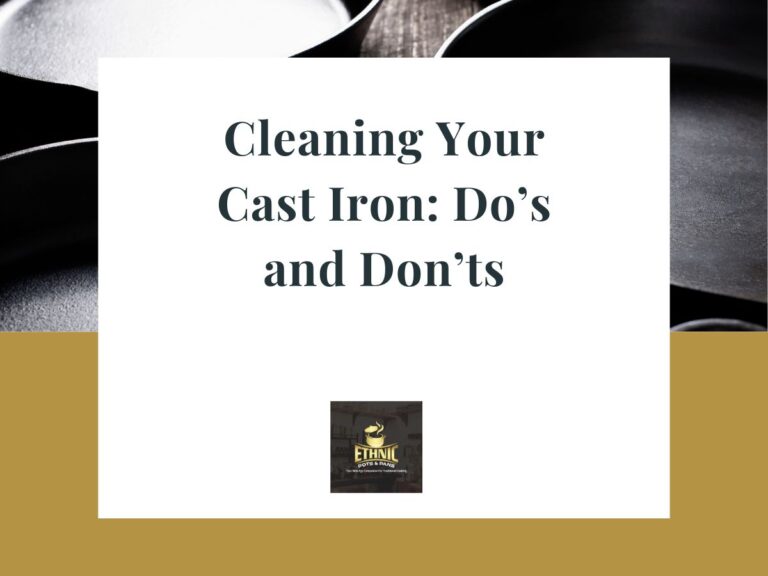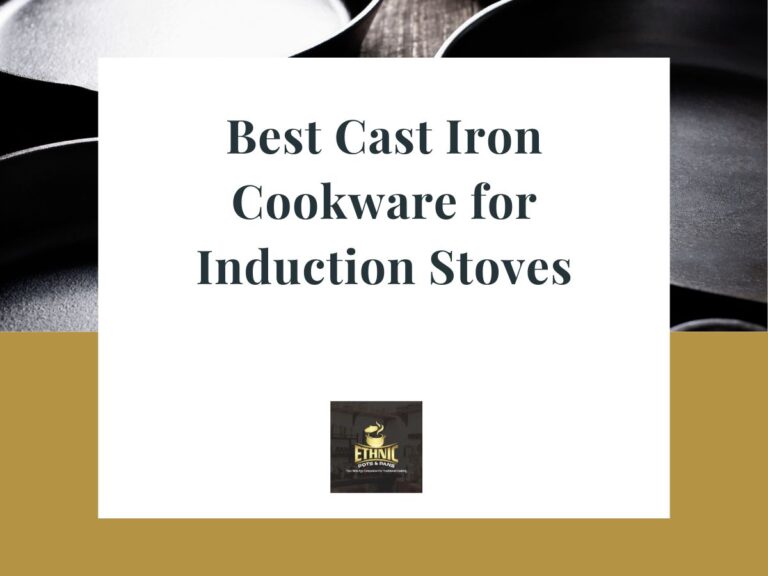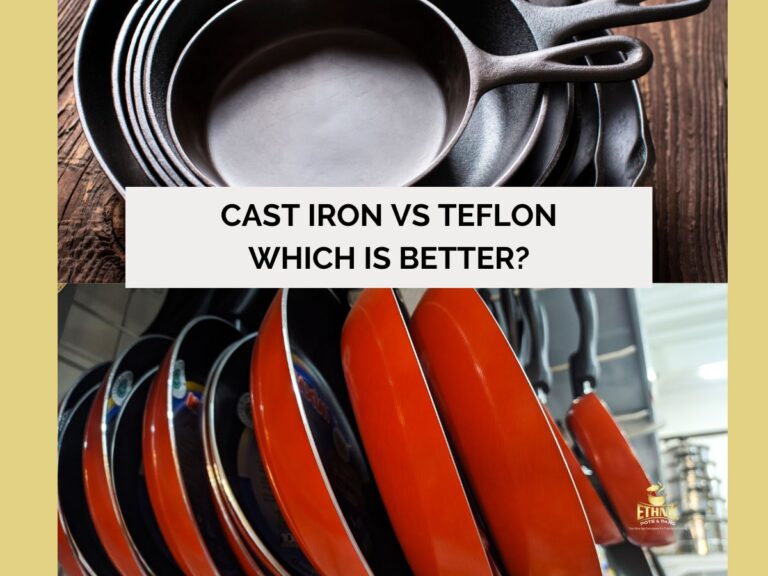Cast iron skillets have been a staple in kitchens for centuries, renowned for their ability to distribute heat evenly and retain heat for a long time. Unlike modern non-stick cookware, cast iron skillets improve with age, becoming more non-stick over time as they build up layers of seasoning. However, not all cast iron skillets are created equal. Whether you’re a beginner or an experienced cook, choosing the right cast iron skillet requires careful consideration of several factors, including size, weight, design, and your cooking needs. In this guide, we will delve into the key aspects you should consider to ensure that you select the best cast iron skillet for your kitchen.
Why Choose a Cast Iron Skillet?
Before diving into the details of choosing a cast iron skillet, it’s important to understand why cast iron cookware is such a valuable addition to your kitchen. Cast iron skillets offer a range of benefits that make them stand out from other cookware materials.
– Heat Retention: Cast iron holds heat exceptionally well, ensuring even cooking and allowing for better browning and searing.
– Versatility: You can use a cast iron skillet on almost any cooking surface, including stovetops, ovens, grills, and even over an open flame.
– Longevity: With proper care, a cast iron skillet can last a lifetime, often becoming a family heirloom.
– Natural Non-stick Surface: Over time, the skillet develops a natural non-stick surface through seasoning, making it perfect for cooking delicate items like eggs or pancakes without chemicals.
Suggested Reading: Slow Cooking with Cast Iron: Does It Work?
Pre-seasoned cast iron skillet with long handle
Pre-seasoned cast iron skillet with long handle and heat resistant silicon grip
Key Factors to Consider When Choosing a Cast Iron Skillet
When shopping for a cast iron skillet, it’s important to evaluate various features to ensure that the skillet meets your cooking needs and preferences. Here are the most important factors to consider:
1. Size and Diameter
One of the first things to consider when selecting a cast iron skillet is the size. Cast iron skillets come in a variety of sizes, typically ranging from 6 to 15 inches in diameter. The size you choose depends on the types of meals you plan to prepare and the number of people you usually cook for.
– Small Skillets (6-8 inches): Ideal for single servings or small meals like frying an egg or making a grilled cheese sandwich. These are also great for side dishes.
– Medium Skillets (10-12 inches): The most versatile size, perfect for cooking meals for a small family. You can use it for frying, baking, or sautéing a variety of foods.
– Large Skillets (13-15 inches): Suitable for cooking large meals or when you need to accommodate a lot of food at once. Great for families or entertaining guests.
A 10- or 12-inch skillet is typically recommended for most home cooks due to its versatility and ability to handle a wide range of dishes.
Suggested Reading: Cast Iron vs Teflon: Which Is better?
2. Weight
Cast iron skillets are known for their heft, but not all skillets are created with the same weight. Some people love the feel of a heavy skillet, while others may find it too cumbersome to handle. When shopping for a skillet, consider how comfortable you are with its weight, especially when lifting or moving it while cooking.
– Standard Cast Iron: A traditional cast iron skillet can be quite heavy, with a 12-inch skillet weighing anywhere between 4 and 8 pounds. This weight helps in heat retention and even cooking but can be challenging for those with limited strength or mobility.
– Lightweight Cast Iron: Some manufacturers offer lighter cast iron skillets that still provide excellent heat retention without the extra weight. These are ideal for people who love cast iron but prefer something more manageable in terms of weight.
Try lifting the skillet before purchasing to ensure it’s comfortable for you to handle, especially when full of food.
3. Handle Design
The design and comfort of the handle are often overlooked, but it’s crucial when choosing a cast iron skillet. Cast iron skillets typically come with a long handle on one side and a small loop or helper handle on the other.
– Long Handle: The long handle is used for moving the skillet around the stove or in and out of the oven. Look for a handle that feels comfortable in your grip and doesn’t get too hot during cooking.
– Helper Handle: Most larger skillets come with a helper handle opposite the main handle. This small loop helps you lift the skillet, especially when it’s heavy or full of food.
Choosing a skillet with a good helper handle is especially important for larger skillets to ensure you can lift and maneuver it easily.
4. Pre-seasoned vs. Unseasoned
Cast iron skillets are available in both pre-seasoned and unseasoned varieties. Seasoning refers to the layer of oil baked onto the surface of the skillet, which gives it non-stick properties.
– Pre-seasoned Skillets: Most modern cast iron skillets come pre-seasoned from the manufacturer. This means they are ready to use right out of the box, and you don’t have to go through the initial seasoning process. Pre-seasoned skillets are convenient for beginners or those who want to start cooking immediately.
– Unseasoned Skillets: Some traditionalists prefer to season their skillet from scratch, as it allows for a more personal touch and ensures that the seasoning process is done to your liking. If you choose an unseasoned skillet, you’ll need to coat it with oil and bake it several times to develop the non-stick layer.
For most people, a pre-seasoned skillet is the best option, as it’s ready for immediate use and reduces the hassle of initial seasoning.
5. Smooth vs. Rough Surface
Another factor to consider is whether the skillet has a smooth or rough cooking surface. Older or vintage cast iron skillets tend to have a smoother surface, while modern skillets often have a rougher, pebbly texture.
– Smooth Surface: Vintage cast iron skillets were often polished smooth, making them highly prized for their naturally non-stick properties. A smooth surface also makes it easier to release food without sticking, especially when the skillet is well-seasoned.
– Rough Surface: Many modern cast iron skillets have a rough texture, which helps with seasoning retention and provides more surface area for oil to adhere to. However, some cooks find that the rough surface requires a longer seasoning process to become fully non-stick.
Both types of surfaces can cook beautifully, but if you can find a skillet with a smoother finish, it may provide a slight edge when cooking delicate foods like eggs or crepes.
6. Maintenance and Care
Choosing the right cast iron skillet also involves understanding the maintenance and care requirements. Cast iron skillets are relatively low maintenance but require some special attention to prevent rust and maintain their seasoning.
– Cleaning: Avoid using soap or harsh scrubbers on your skillet. Instead, use hot water and a gentle scrubber or brush to clean off any food residue. If food sticks, you can use coarse salt as a natural abrasive.
– Seasoning: After cleaning, always dry your skillet thoroughly and apply a light coat of oil to maintain its seasoning. Periodically, you’ll need to re-season the skillet by applying oil and heating it to build up the non-stick layer.
Choosing the right cast iron skillet is a worthwhile investment that can elevate your cooking experience and last a lifetime. Whether you’re preparing a perfect steak, crispy dosa, or fluffy cornbread, the right skillet makes all the difference. By considering factors such as size, weight, handle design, surface texture, and brand, you’ll find the ideal cast iron skillet to suit your cooking needs. With proper care, your cast iron skillet will become a kitchen staple that you can pass down through generations, bringing warmth and flavor to every meal.
Resources:
